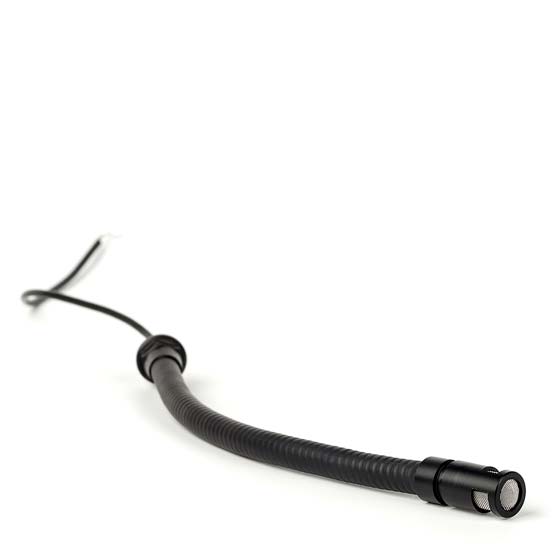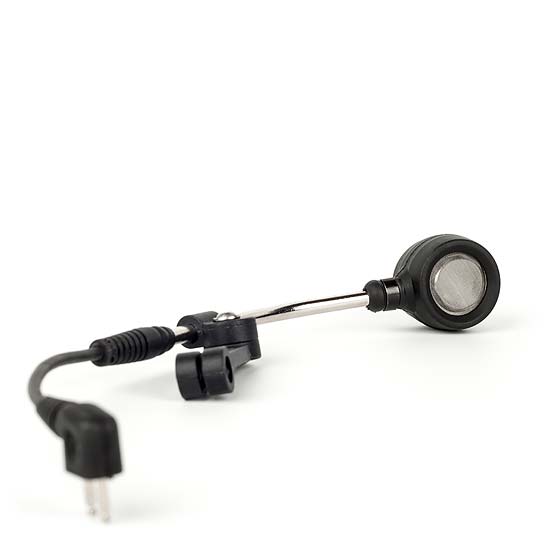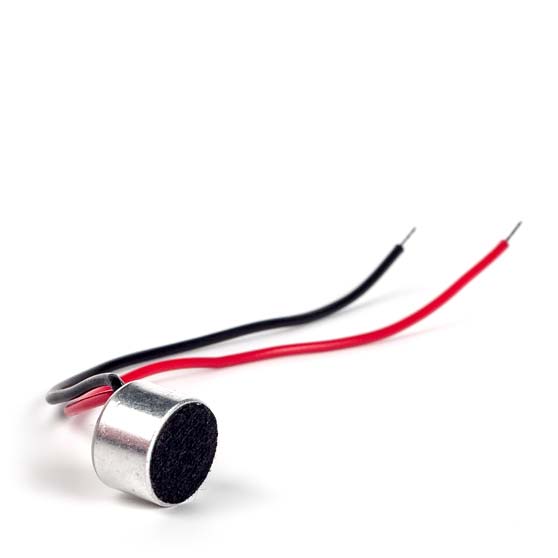

A microphone is a sensor or transducer which converts sound to electric signals. There are many types of microphones, but nowadays microphones are mainly divided into two categories: dynamic microphones and condenser microphones. Both types generate signals from changes in the air pressure. When the moving plate (diaphragm) vibrates in time with the sound wave, the distance between the plates and hence the capacitance is changed. The changes in capacitance can then be converted to an electrical signal. Since the diaphragm can be made extremely thin and light, its flexibility is extremely good and the signal is therefore of extremely good quality.

Complete boom microphones, tailor-made for your application. We can base them on different types of microphone elements depending on what the application requires.

In a dynamic microphone the sound waves are converted to electric signals when a diaphragm with an electric coil moves in a fixed magnetic field. The microphone is therefore robust and withstands a high sound pressure, but due to the higher weight in the moving system, the diaphragm and coil are less well able to handle rapid changes and high frequencies than a condenser microphone. A dynamic microphone is robust and reliable and is mainly used in PA systems and in communications equipment.
Microphones have different degrees of directionality, i.e. the sensitivity of the microphone to sound from different directions. This is usually illustrated graphically in diagrams showing the characteristics. In this case the microphone is located in the centre with its front directed upwards in the diagram.

An electret microphone is in principle a condenser microphone in which the external voltage supply is replaced by materials with a permanent electric charge, known as electrets.